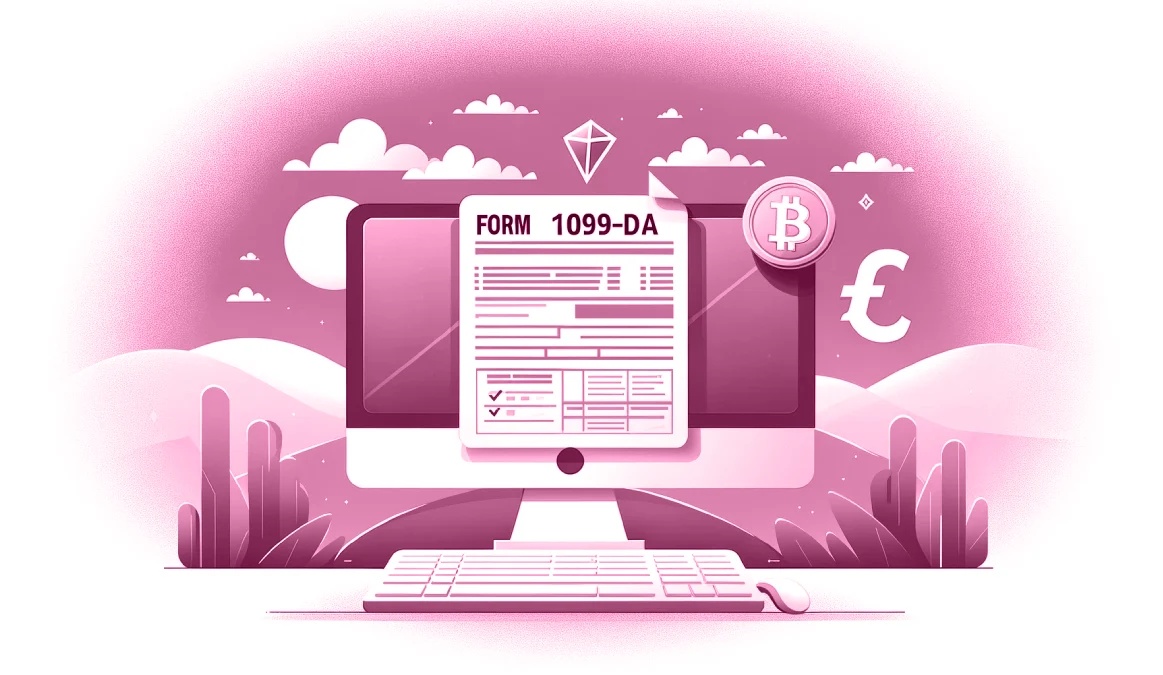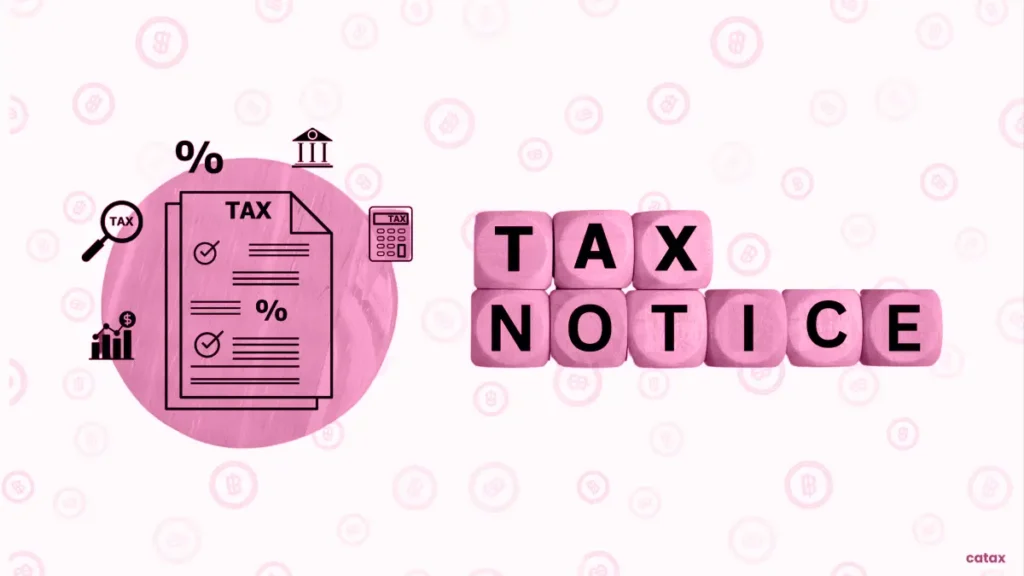If you are trading in digital assets like crypto or even dealing in crypto, then you need to know about the new draft form from the IRS called 1099-DA. This form is designed to help you report transactions regarding digital assets on the IRS accurately. On the other hand, this could be seen as a positive thing, but it is crucial to know what are the challenges this form might have. This blog will take you through the important points of reporting requirements and the consequences of the most significant rules.
What Is Form 1099-DA?
Form 1099-DA is a tax form used to report crypto transactions. This includes every buy, sell, exchange, or transfer of cryptocurrencies and other digital tokens. Whether you’re cashing out Bitcoin, trading Ethereum, or using crypto to purchase goods, these transactions need to be documented in Form 1099-DA.
The IRS requires all taxable events involving digital assets to be reported to prevent tax evasion. Moreover, properly filling out Form 1099-DA ensures that you accurately report your digital transactions, which helps in avoiding possible penalties or audits.
What Information Does 1099-DA Include?
The exact details are still finalizing, but the draft form suggests it will report:
1. Transaction details: Dates, types (buy, sell, exchange), and potential transaction IDs.
2. Digital asset information: Names or identifiers of the cryptocurrencies involved.
3. Financial details: Ideally, gross proceeds from sales or dispositions (potentially not including cost basis).
Implication on Traders
While the form intends to provide extensive transaction details, it may not cover the cost basis – the original value of an asset for tax purposes. This omission is significant because calculating your capital gains or losses hinges on this very information. Without it, traders will need to rely on their own meticulous records.
The absence of cost-basis data on the form suggests that traders must be diligent in their record-keeping practices. It will be critical to log every transaction with its corresponding cost basis to file taxes accurately.
How to Fill Out the Form 1099-DA
- Listing Transactions: Include all relevant transactions. Additionally, for each, you’ll need to note the type of asset, date of transaction, and the amount transacted in USD.
- Calculating Financial Figures: You must calculate the gain or loss for each transaction. In particular, this is the difference between the price at which you acquired the asset and the price at which you disposed of it.
- Additional Details for Specific Transactions: If you’ve received digital assets as compensation or mined them, different reporting rules may apply.
Key Reporting Elements on Form 1099-DA
While Form 1099-DA offers some benefits, some areas require careful attention:
- Cost Basis Reporting: The cost basis is essentially what you spent to acquire your digital assets, including fees and other costs. It’s vital because it affects how much tax you owe when you sell. One of the most significant concerns is the potential lack of cost-basis information on the form. Without this crucial data, you’ll need to rely on your own records to determine your capital gains or losses. This can be challenging, especially for long-term holdings or assets transferred across multiple platforms.
- Wash Sales: The form includes a section for reporting wash sales, a tax rule that disallows claiming losses on certain transactions. However, the specific wash sale rules for stocks and securities don’t currently apply to cryptocurrencies. This discrepancy can lead to confusion and potentially inaccurate reporting.
- Non-Cash Transactions: The form also needs to account for transactions where the proceeds are not in cash, such as receiving services or additional digital assets. Valuing these transactions in USD can be complex, potentially leading to differences between reported figures and your actual tax liability.
Guidance for Taxpayers and Advisors
Given these potential features of the draft Form 1099-DA, here’s how you can prepare:
- Maintain Detailed Records: You need to record all your crypto transactions, especially if the cost (what you paid) isn’t on Form 1099-DA. Keeping detailed records is crucial for reporting gains or losses accurately when filing taxes. Plus, they can assist you if your taxes are audited.
- Understand the Definitions: Take a close look at the definitions and rules on the form. What exactly is considered a “digital asset“? How do you report different types of transactions (buying, selling, trading)? It’s like reading the instructions before building something – the clearer you understand the form, the easier it will be to fill out.
- Seeking Expert Advice: Because digital asset transactions can be complex and regulations are always changing. It’s a good idea to talk to a tax expert who knows about cryptocurrency. They can give you important advice on understanding the new form, spotting problems, and figuring out how to pay less tax.
FAQs
You should report all types of transactions such as buying, selling, exchanging, or transferring cryptocurrencies on Form 1099-DA. This requirement also applies when you use cryptocurrencies to purchase goods and services.
To fill out Form 1099-DA, list all relevant transactions with the type of asset, transaction date, and the amount in USD. You’ll also need to calculate the financial figures like gain or loss for each transaction.
Yes, you must value transactions in USD when you receive services or additional digital assets instead of cash. This can complicate and lead to discrepancies in reporting.
Yes, in cases where transactions involve non-cash proceeds, such as receiving services or additional digital assets, you must value them in USD. This requirement can be complex and, consequently, may lead to reporting differences.



